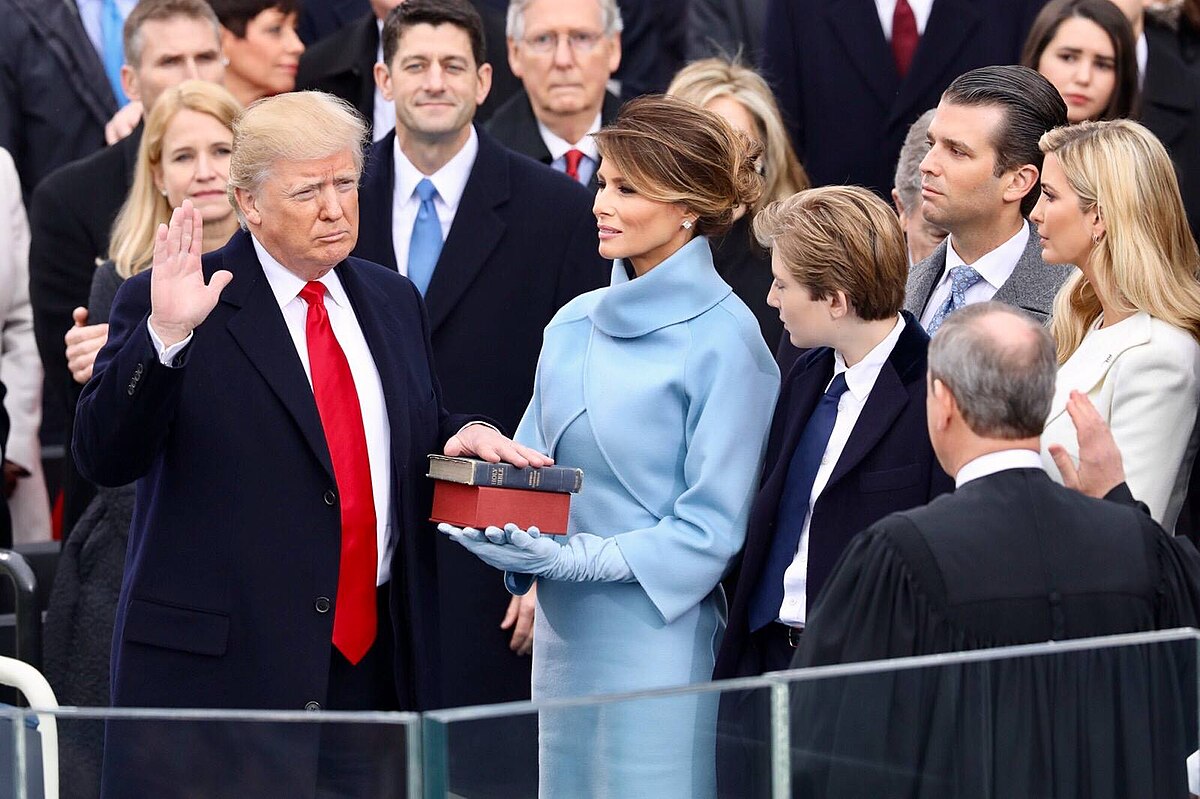Analyzing the Curious Journey of Joker: Folie à Deux
A Bold New Direction
As one of the most talked-about cinematic experiences of recent years, Joker left an indelible mark on the film industry and audiences alike. With the anticipated sequel, Joker: Folie à Deux, director Todd Phillips takes a surprising leap into the realm of musical filmmaking—a bold direction that conjures mixed feelings, especially for fans of the original. The sequel, which arrives in theaters on October 4, grapples with genre blending, oscillating between a prison thriller, a legal drama, and a whimsical romance, all while attempting to weave in elements of social commentary.

A fascinating and complex character emerges, but does the film do justice to her potential?
While the film naturally draws comparisons to its predecessor, it aims for something entirely different, often to its detriment. Gone are the gritty, Scorsese-inspired basketball actions that captivated viewers in 2019. Instead, Folie à Deux crafts what can only be described as a surreal fever dream—where tragedy births musical numbers and Arthur Fleck’s psyche unfolds in unpredictable ways.
Arthur’s Unraveling
The narrative follows Arthur Fleck as he awaits trial in Gotham’s Arkham State Hospital, stripped of his former self due to medication suppressing his chaotic imagination and the abuses faced at the hands of prison guards. In a twist of fortune, he encounters Harleen ‘Lee’ Quinzel, played by the ever-charismatic Lady Gaga, during a music class. She praises his past actions and feigns admiration for his Joker persona, a relationship that unlocks new dimensions for both characters—ultimately priming her transformation into Harley Quinn.

The duo delivers a performance filled with contrasting shades of darkness and whimsy.
Gaga’s turn as Harleen offers a glimpse into the iconic character’s backstory, even though the film noticeably refrains from mentioning the name Harley Quinn. With the inclusion of prominent figures like District Attorney Harvey Dent, portrayed by Harry Lawtey, the film stretches itself. Although Dent’s role feels underdeveloped, it notably ties into the rich lore of the Batman universe.
A Dance Between Realities
The stark contrast between the film’s grim realities and the colorful, melodic fantasies may leave audiences perplexed. While Phillips leans heavily on spectacle, the emotional impact falters. The interactions between Arthur and Lee, filled with warmth amidst calculated chaos, feel weighed down by clichés, threatening to box Lee into the stereotype of a “Manic Pixie Dream Girl,” a trope that grounds her motives in supporting the male lead rather than establishing her individuality.

The film’s shifting landscapes create a dance of color and chaos, though not always cohesively.
Despite Powerful Performances
Even with the undeniable star power of Gaga and Phoenix, the film struggles under its heavy ambitions. Phillips’ departure from the original’s essence in favor of an audacious and experimental narrative leaves viewers questioning the purpose behind this sequel. There’s a daring attempt to dissect the superhero mythos and the ramifications of violence; unfortunately, the execution lacks the engagement necessary to captivate its audience fully.
The Final Punches
The climax of Joker: Folie à Deux contains elements that could redeem its shortcomings, tailed with an emotional punch that could evoke reflections worth considering. However, such revelations come too late to truly transform the viewer’s experience, leaving a lingering sense of what could have been.

Critical reception will likely reflect the divided sentiments towards the film’s bold changes.
In conclusion, Joker: Folie à Deux encapsulates a fascinating attempt at a sequel that reimagines familiar characters while striving for deeper themes. Whether this exploration succeeds or falters is ultimately up to audiences, but one thing remains certain: the artistic risks taken here will spark debates far beyond the credits.
Stay tuned for further insights and analyses as we navigate the evolving landscape of the DC Universe and what lies ahead in the year of blockbuster cinema.


 Photo by
Photo by 








